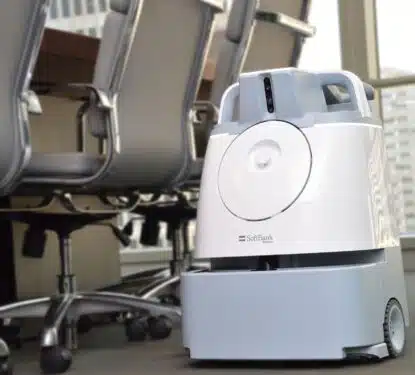DHL Express and intelligent autonomous aerial vehicle (drone) company EHang have launched a regular drone delivery route to overcome last mile delivery issues in urban China. The new customized route, which has been exclusively created for a single DHL customer, covers a distance of approximately eight kilometers between the customer premises and the DHL service center in Liaobu, Dongguan, Guangdong Province. These regular packages were previously delivered by road, typical taking around 40 minutes, but the drones can do it in just eight minutes. The drones take off and land on intelligent parcel boxes, which were specially developed for autonomous loading and unloading operations. These platforms are integrated into the classic sorting, scanning, and storage automation processes of express delivery. “The new intelligent drone delivery solution overcomes the complex road conditions and traffic congestion common to urban areas,” states the official press release. “It reduces one-way delivery time from 40 minutes to only eight minutes […]
Most Popular Articles

Neeve’s Edge-Cloud Platform: Key Metrics & Growth 2025
This Research Note examines Neeve, the US startup offering an edge-cloud platform designed to enhance smart building operations by integrating operational technology (OT) systems into secure, connected environments. We highlight its founding as IoTium, before exploring its current offering, deployments, funding and partners, concluding with our view of the business. Neeve Profile Founded in 2015 […]

icetana Secures $3.6M SoftBank Partnership: 2025 Financial Analysis and Growth Strategy
This Research Note examines the Australian listed company, icetana AI, based on its latest financial results year ending 30 June 2025 and its deployments, strategic investments and regional growth opportunities over the past three years. icetana AI Profile Founded in 2009, icetana AI is a small software as a service (SaaS) company specializing in AI-assisted […]

Video Surveillance Market 2025: Ongoing Shift towards Software Drives Growth
The video surveillance industry is undergoing its most significant transformation since the shift from analog to digital. What was once primarily a reactive security tool, cameras recording footage for post-incident review, is evolving into a proactive intelligence infrastructure. The traditional model of video surveillance centered on cameras, on-premise storage and software. That era is coming […]
